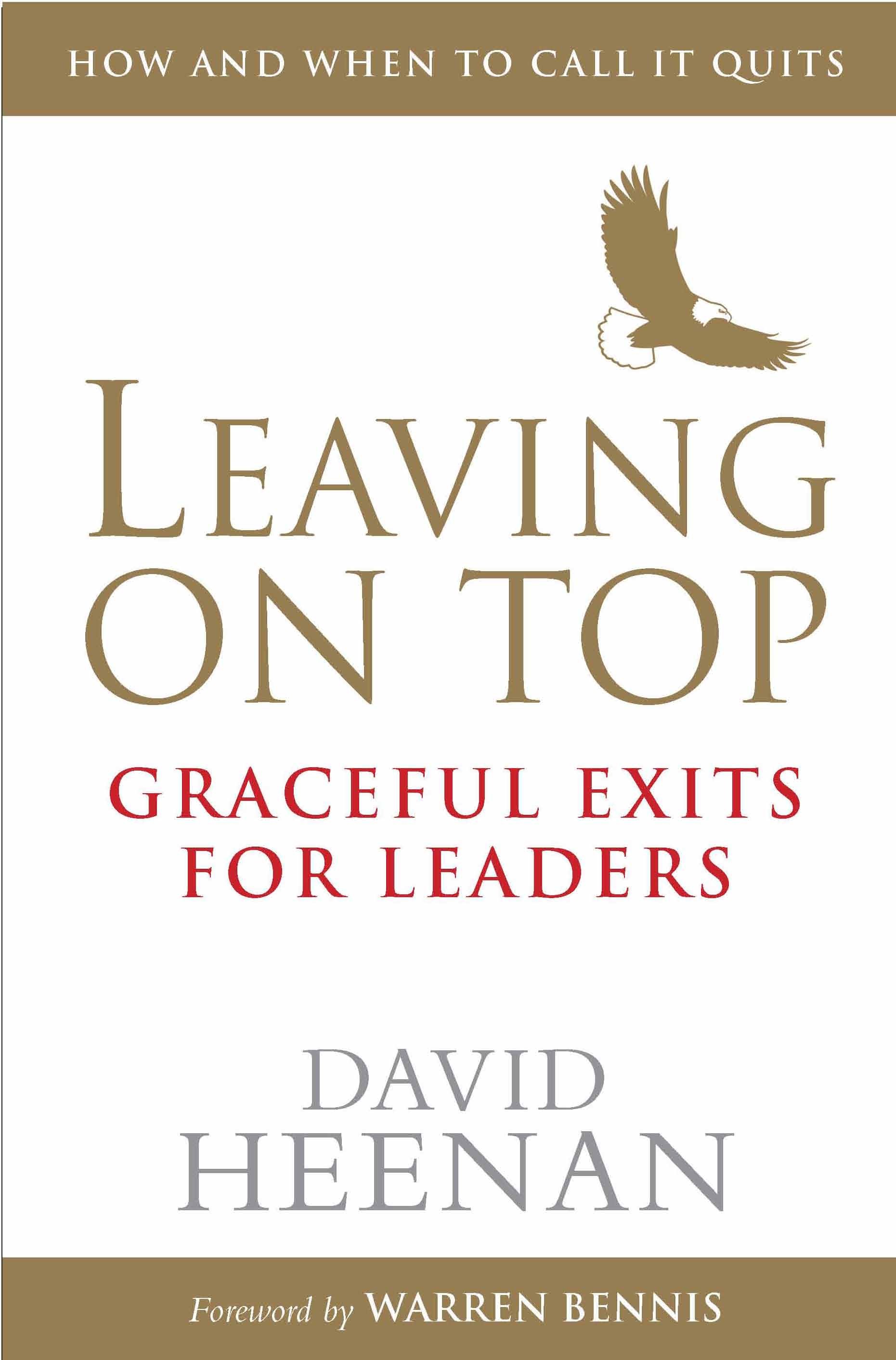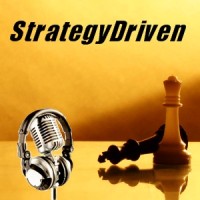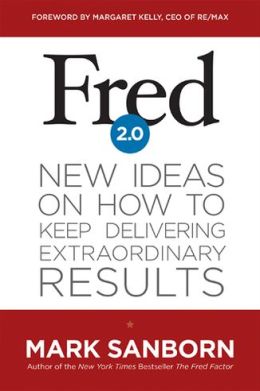The Big Picture of Business: Yesterdayism… Learning from the Past, Planning for the Future.
Whether it is a public company or not, every business should fashion an Annual Report. Even if it is a client letter, this gesture celebrates the year, as basis for helping business people to prepare for the future.
People are interesting combinations of the old, the new, the tried and the true. Individuals and organizations are more resilient than they tend to believe. They’ve changed more than they wish to acknowledge. They embrace innovations, while keeping the best traditions.
When one reflects at changes, he/she sees directions for the future. Change is innovative. Customs come and go… some should pass and others might well have stayed with us.
There’s nothing more permanent than change. For everything that changes, many things stay the same. The quest of life is to interpret and adapt that mixture of the old and new. People who fight change have really changed more than they think.
The past is an excellent barometer for the future. I call that Yesterdayism. One can always learn from the past, dust it off and reapply it. Living in the past is not good, nor is living in the present without wisdom of the past.
Trends come and go… the latest is not necessarily the best. Some of the old ways really work better… and should not be dismissed just because they are old or some fashionable trend of the moment looks better.
When we see how far we have come, it gives further direction for the future. Ideas make the future happen. Technology is but one tool of the trade. Futurism is about people, ideas and societal evolution, not fads and gimmicks. The marketplace tells us what they want, if we listen carefully. We also have an obligation to give them what they need.
In olden times, people learned to improvise and ‘make do.’ In modern times of instantaneous disposability, we must remember the practicalities and flexibilities of the simple things and concepts.
Things which Made Comebacks…
Ceiling fans. The jitterbug and swing music. Hardwood floors. Stained glass.
Things the Economy Has Exempted…
Penny arcades. Five-and-dime stores. Full-service gas stations. Free car washes at gas stations. Towels in boxes of detergent. Mom-and-pop stores. S&H Green Stamps and other redemption programs.
Things which the Marketplace Has Eclipsed…
- Ice delivered in blocks via a horse-driven carriage by the ice man
- Milk delivered in bottles via a horse-driven carriage by the milk man
- Going downtown to do all of your shopping
- Drive-in movies
- Stores closed on Sundays
The Old Became the New Again…
The original speed for phonograph records, as invented in 1888, was 78-RPM, which engineers determined to be the most ideal for sound quality. In the 1940s, technology brought us the 45-RPM and 33-1/3-RPM records… adding up to the “mother speed” of 78-RPM. The 1980s brought us compact discs, which play at a speed of 78-RPM.
Station wagons of the 1950s went out of style. They came back in the 1980s as sport utility vehicles.
Midwives were widely utilized in previous centuries. In modern times, alternative health care concepts and practitioners have been embraced by all sectors of society. Herbal ingredients and home remedies have gained popularity, and cottage industries support them.
Telephone party lines went out of style in the 1920s. They came back in the 1990s as internet chat rooms.
Corporations have become extended families, thus embracing dysfunctionality, changes, modifications and learning curves.
Schools started out as full-scope community centers. As the years passed, academic programs grew and became more specialized, covering many vital subject areas. Today, with parents and communities severely neglecting children and their life-skills education, schools have evolved back to being full-scope community centers.
7 Levels of Yesterdayism… Learning from the Past… Sources of Insights:
- Think They’ve Been There… Haven’t Yet Fully Learned from It.
- Saw It Happen… Understand It.
- Participated In It.
- Been There… Learned from It.
- Teach, Understand and Interpret It.
- Innovated It… and Teach You Why.
- Innovative Then and Now… Still Creating.
7 Applications for Yesterdayism… How to Shape the Past Into the Future:
- Re-Reading…Reviewing… Finding New Nuggets in Old Files.
- Applying Pop Culture to Today.
- Review case studies and their patterns for repeating themselves.
- Discern the differences between trends and fads.
- Learn from successes… and three times more from failures.
- Transition your organization from information down the branches to knowledge.
- Apply thinking processes to be truly innovative.
Apply History to Yourself. The past repeats itself. History is not something boring that you once studied in school. It tracks both vision and blindspots for human beings. History can be a wise mentor and help you to avoid making critical mistakes.
7 Kinds of Reunions… obtaining perspective:
- Pleasurable. Seeing an old friend who has done well, moved in a new direction and is genuinely happy to see you too. These include chance meetings, reasons to reconnect and a concerted effort by one party to stay in the loop.
- Painful. Talking to someone who has not moved forward. It’s like the conversation you had with them 15 years ago simply resumed. They talk only about past matters and don’t want to hear what you’re doing now. These include people with whom you once worked, old romances, former neighbors, networkers who keep turning up like bad pennies and colleagues from another day and time.
- Mandated. Meetings, receptions, etc. Sometimes, they’re pleasurable, such as retirement parties, open houses, community service functions. Other times, they’re painful, such as funerals or attending a bankruptcy creditors’ meeting.
- Instructional. See what has progressed and who have changed. Hear the success stories. High school reunions fit into this category…their value depending upon the mindset you take with you to the occasion.
- Reflect Upon the Past. Reconnecting with old friends, former colleagues and citizens for whom you have great respect. This is an excellent way to share each other’s progress and give understanding for courses of choice.
- Benchmarking. Good opportunities to compare successes, case studies, methodologies, learning curves and insights. When “the best” connects with “the best,” this is highly energizing.
- Goal Inspiring. The synergy of your present and theirs inspires the future. Good thinkers are rare…stay in contact with those whom you know, admire and respect. It will benefit all involved.
About the Author

Hank’s latest book functions as a ‘PDR of business,’ a view of Big Picture strategies, methodologies and recommendations. This is a creative way of re-treading old knowledge to enable executives to master change rather than feel as they’re victims of it.
Power Stars to Light the Business Flameis now out in all three e-book formats: iTunes, Kindle, and Nook.

 Jeffrey Gitomer is the author of The Sales Bible, Customer Satisfaction is Worthless Customer Loyalty is Priceless, The Little Red Book of Selling, The Little Red Book of Sales Answers, The Little Black Book of Connections, The Little Gold Book of YES! Attitude, The Little Green Book of Getting Your Way, The Little Platinum Book of Cha-Ching, The Little Teal Book of Trust, The Little Book of Leadership, and Social BOOM! His website,
Jeffrey Gitomer is the author of The Sales Bible, Customer Satisfaction is Worthless Customer Loyalty is Priceless, The Little Red Book of Selling, The Little Red Book of Sales Answers, The Little Black Book of Connections, The Little Gold Book of YES! Attitude, The Little Green Book of Getting Your Way, The Little Platinum Book of Cha-Ching, The Little Teal Book of Trust, The Little Book of Leadership, and Social BOOM! His website,  Leaving On Top: Graceful Exits for Leaders
Leaving On Top: Graceful Exits for Leaders StrategyDriven Podcasts focus on the tools and techniques executives and managers can use to improve their organization’s alignment and accountability to ultimately achieve superior results. These podcasts elaborate on the best practice and warning flag articles on the StrategyDriven website.
StrategyDriven Podcasts focus on the tools and techniques executives and managers can use to improve their organization’s alignment and accountability to ultimately achieve superior results. These podcasts elaborate on the best practice and warning flag articles on the StrategyDriven website.
 Mark Sanborn, author of
Mark Sanborn, author of 